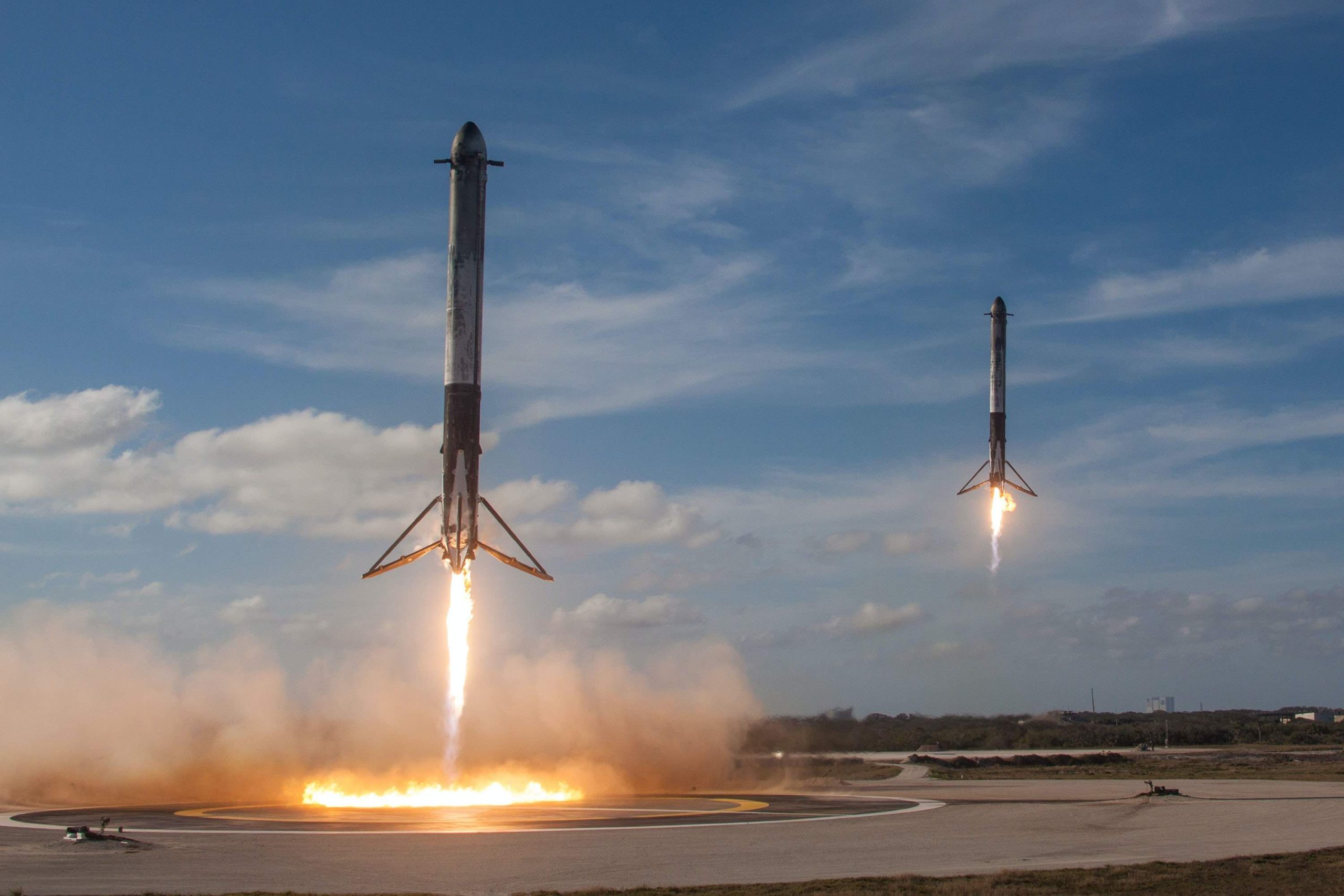Sunday morning showed off a barrage of satellites being skyrocketed into the space sky. It was a relatively successful send-off to see about 53 Starlink satellites towards low-Earth orbit. All thanks to SpaceX and their Falcon 9 rocket. It all ties the total number of launches of the company sending off to orbit for 2021.
The liftoff occurred on Sunday at about 10:20 am, EDT. This occurred at the Space Launch Complex 40 at Cape Canaveral Space Force Station. The beginning booster of the Falcon 9 rocket was called “B1051-13.” Of course, the exciting thing regarding the booster is that it was initially used for the Dragon’s premiere crew demonstration mission. That same booster was used for the other missions like the RADARSAT Constellation Mission. SXM-7 and several other Starlink missions.
The First Stage booster had joined two other ones having launched and landed about 13 times. Those in particular had been the B1060 on June 17th and the B1058 on July 7th. These examples are the flight leaders of the SpaceX.
Minutes later, after the stage separation, the booster had landed on the drone ship that was stationed in the Atlantic Ocean. SpaceX is held in a comfortable spot, primed to let it launch for at least an average of once per week this year.
SpaceX, operating the Starlink company, is dedicating the time to provide internet access coverage to the majority of the Earth. What’s exciting is that this will allow for an advanced broadband capacity for activities like video calls and streaming.
But Why Is SpaceX Making this Mission so Important?
Because it’s a testament to their strengths. If you think about it plainly. It’s as significant as can be to prove yourself to the shareholders. And if the shareholders are not convinced, then the likelihood is that you aren’t convinced that your little science project will work, Elon. Also the guy needs a win by now, because let’s face it: that whole Twitter thing was a fiasco.
So what’s next for Spacex?
NASA just awarded a new contract to SpaceX to launch the agency’s next telescope into space in 2026.
NASA is expected to pay SpaceX $255 million to launch the Nancy Grace Roman Space Telescope from its Falcon Heavy rocket at NASA’s Kennedy Space Flight Center in Florida.
The Roman is the next big space telescope for NASA after the popular James Webb, which just released dazzling images this month of the universe looking back billions of years in time.
The telescope was previously known as the Wide Field InfraRed Survey Telescope but was renamed to honor the first woman to hold an executive position at NASA.





